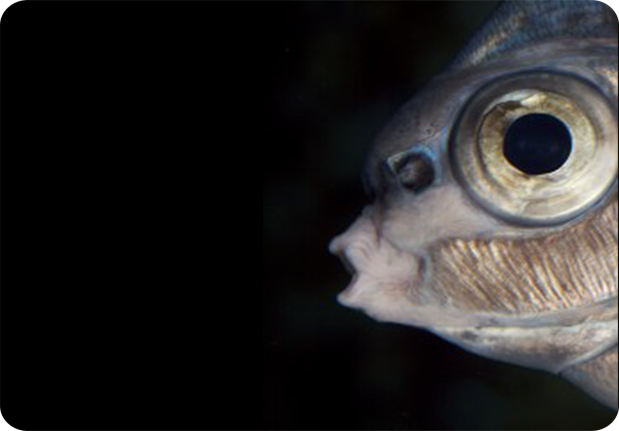Less than 3 percent of the world’s deep waters have been explored. Considering that nearly all deepsea research has been conducted by small group of developed nations in their own waters (USA, USSR, New Zealand, Japan, UK, and France), the deep waters of less developed regions are truly unknown— in my case, the coasts of Central America.
It is this Unknown you are now able to personally explore. On every dive the submarine Idabel illuminates places that have never known any light at all— places no human eyes have ever seen.
Usually seen around 2000ft



In the United States, a country that led the exploration of outer space with NASA, the government agency responsible for “inner space” exploration is NOAA. Unfortunately, they are poorly funded and have not managed an increase of human presence in the deepsea since the 1960’s. Honduras does not even have an equivalent organization. Therefore, if mankind is to explore Earth’s last undiscovered realm, it is up to the private sector to lead the way.
This is why the Roatan Institute for Deepsea Exploration (RIDE) has a two-fold mission: to explore deep waters, and to do so without relying upon grant money. R.I.D.E. is one of only a handful of submersibles globally to be offering trips to the general public and has been doing so for the longest and most affordably.

My choice of location assists in keeping a low overhead. The trench wall in front of Half Moon Bay on Roatan is very unique in how steeply it plummets into the Cayman Trench. Even the word “Honduras” means “deep water,” named after Christopher Columbus’s amazement at how close the deepsea approaches the shore.
On a majority of dives the submarine actually travels a greater distance down than it does out from the Half Moon Bay dock. This unique underwater terrain allows the submarine to operate from a dock rather than a ship at sea, resulting in great savings to my customers.